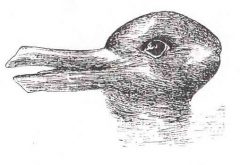Our research seeks to improve ways of using genomic data to reveal the history of, and dispersal between separated populations within any organism. By focusing on multi-species population genetic data, our research seeks to merge population genetics with community ecology and biogeography. We are interested in uncovering processes behind biogeographic shifts, speciation, extinction and determinants of community assembly. We are therefore interested in the processes underlying the distributions and genetic structuring of co-distributed species and populations. Applications also include conservation work that requires identification of regions of bio-climatic stability, persistent connectivity and higher extinction probabilities. Our general direction has been to extend single-species population genetic models into hierarchical multi-species models that can infer the evolutionary and ecological histories of whole assemblages, communities and even ecosystems.
Three of our focal areas include:
1. Using next-gen sequence data (NGS) from multiple co-distributed non-model taxa to test hypotheses regarding regional patterns of demographic stability, isolation and admixture
2. Developing and deploying multi-taxa population genomic models that can incorporate cyclical patterns of admixture and isolation that follow the glacial/interglacial cycles of the Pleistocene.
3. Testing biogeographic models of community assembly, colonization and vicariance with population-level mtDNA data collected across whole assemblages.

